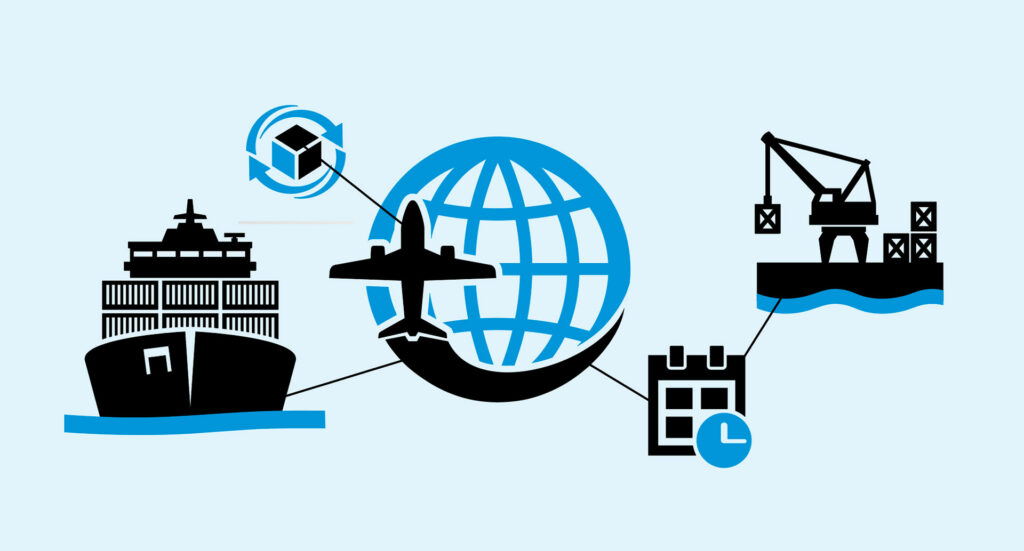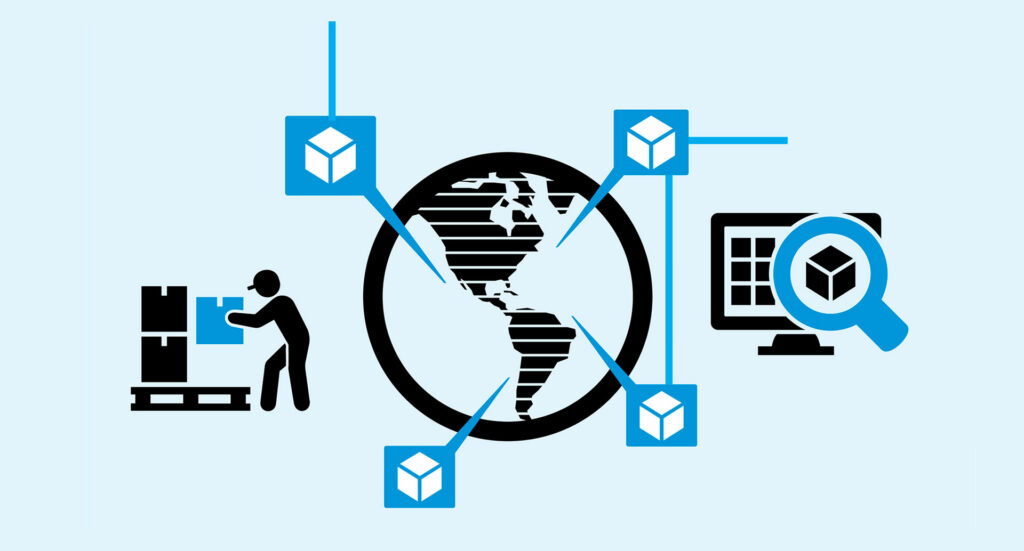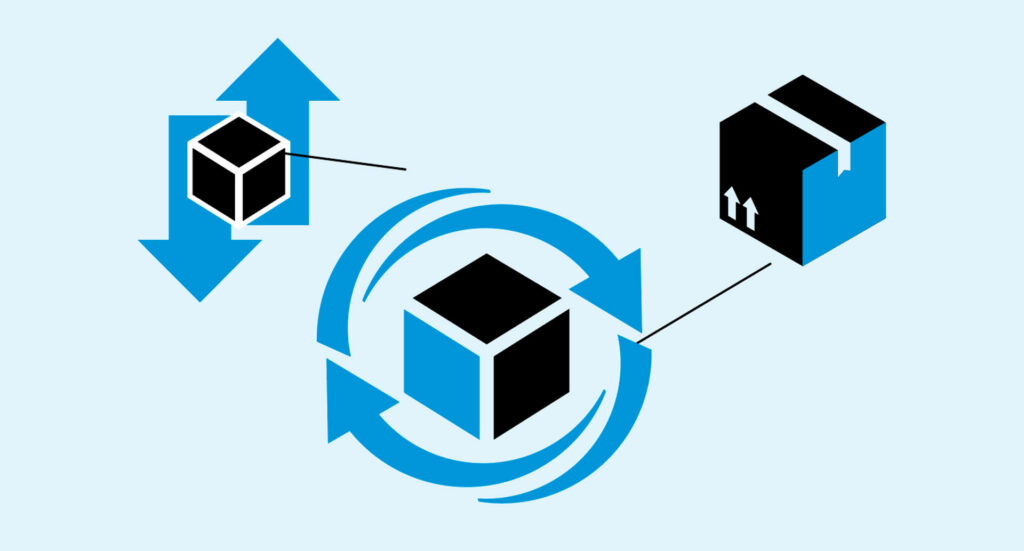Tim Jones, chief exec for finance and corporate at the FCDO, talks his part in the UK government’s major plan to overhaul Whitehall ERP.
Only last March, the minister for the Cabinet Office Jeremy Quin talked up the shared services strategy on its two-year anniversary claiming it could, hypothetically at least, save around £1.8bn over the next 15 years. Through five clusters, the project aims to bring 17 central government departments running unconnected ERP, HR and finance systems under one SaaS roof.
This plan to modernize government back-office systems and find efficiencies is obviously ambitious with long-lead deadlines. But two years on, the government may actually have something to shout about. One of the departmental clusters has successfully completed its “go live” phase and unified its HR and finance operations on Oracle Fusion.
One of the five clusters in the shared services strategy, the Overseas cluster primarily consists of the Foreign, Commonwealth and Development Office (FCDO), a body formed in 2020 through the merger of the Foreign Office and the Department for International Development (DFID). However, as Tim Jones, the interim director general for finance and corporate at the FCDO points out, the cluster is so much more than that.
We have about 40 bits of arms-length bodies here and that’s what gave us an interesting challenge – Tim Jones, chief executive for finance and corporate at the FCDO
 “This cluster is less about the challenges around large numbers of people and more about the challenges around geographic spread,” says Jones. He is referring to the FCDO diplomatic posts, such as embassies and consulates, of which he says there are close to 300 around the world. “There are lots of bits of government working out of various locations at the same time. We have about 40 bits of government or arms-length bodies (ALBs) here and that’s what gave us an interesting challenge.”
“This cluster is less about the challenges around large numbers of people and more about the challenges around geographic spread,” says Jones. He is referring to the FCDO diplomatic posts, such as embassies and consulates, of which he says there are close to 300 around the world. “There are lots of bits of government working out of various locations at the same time. We have about 40 bits of government or arms-length bodies (ALBs) here and that’s what gave us an interesting challenge.”
Ideally, all these bits of government have to talk to each other, at least from a personnel and financing point of view. Historically that has not been the case, leading to inefficiencies not just in terms of cost but also in productivity and decision making.
“We had line managers on different systems to the people that they were managing. That’s not a place you want to be for too long,” says Jones, who was appointed in 2021 to head-up Hera, an ERP consolidation and change program driven in conjunction with Capgemini.
At the core of Hera is Oracle Fusion, originally chosen in a £90m-plus deal in 2020 to replace the old “Prism”, “Aries” and “HR Passport” systems. According to Jones, the first phase saw ex-foreign office users move from a legacy Oracle system to Fusion. This went live in July last year, followed by ex-Department for International Development users in November last year. It was the first time the two departments had shared an ERP system and for Jones it was a milestone moment.
“I could see everyone in one place for the first time,” he says. “It was quite an achievement in getting to ‘go live’ with over 20,000 users, especially given the additional challenges of COVID.”
Jones adds that when the cluster implements the learning and development module later this year, it will “bump the numbers up quite a bit,” as more people will use the system to develop skills. For now though, the focus is on developing the reporting aspect of the system. This, he says, was a conscious decision. The plan was to “front load go live” recognizing that there would always be work needed post-implementation.
“Our view was that when it was swit-ched on and we had real people with real data on the real system, we would get a better idea of user demand and design our reporting around actual needs. In fact, we’ve just rolled out a set of reports that allow our heads of missions to get a really good dashboard.”
Our cluster is a bit further ahead than some of the others.
Jones says that the overseas cluster is “a bit further ahead than some of the other clusters,” thanks largely to the initial FCDO deal with Oracle back in 2020. While Matrix and Synergy clusters, for example, are still dealing with tenders, Overseas has had a distinct advantage on that front from its earlier need for modernization at the FCDO.
That time has already given Jones insight into the benefits of the integrated system. As he has already mentioned, oversight within the cluster has been simplified, even without the reporting function in place. There are already tangible benefits, he says.
“As a manager you can very clearly see who you have in your team and how much you are spending whereas previously across two systems, we were reliant on finance and HR partners to produce that offline. We will be getting progressively better at this as we improve our reporting function this year.”
Jones says that while Hera is still a live program – although he admits it is being slowly turned down – the team are looking at more functionality, how to bring together various bits of data, such as career history, skills and so on, to help with employee development and recruitment. He adds that it’s important to learn the lessons of past projects and not turn off the program too soon but he says is confident and excited about the future, even if a new government comes in and decides to shake up government departments with another restructure.
“The underlying approach of the shared services strategy is interoperability, so it should be able to cope with any future changes in departments,” says Jones.
Jones is optimistic about security, too. Although he admits that maintaining security during a transformation was not always that easy, he points to the fact that this is not new territory for the FCDO as it’s used to running people overseas and focusing on security. In truth, that has traditionally been in siloed systems. This new, interoperable, collaborative approach to government surely poses new challenges, if not now, then certainly down the line.
For the moment though, the overseas cluster is an early win for the shared services strategy and for something that has had a history of ups and downs, you can never have too many of those.
Changing of the clusters
As part of the UK government’s shared services strategy, the below five clusters are planned to undergo IT modernization.
Defence
Circa 200,000 staff, with its own internal complexities and security requirements. Signed deals with Microsoft for Azure private cloud and Oracle for cloud infrastructure services back in 2020.
Overseas
Circa 20,000 staff, but mainly complex due to geographical spread. Currently only cluster to have gone live, as done via Oracle Fusion. Oracle declined to comment on the project to ERP Today.
Synergy
Led by DWP, Synergy is currently consuming services from SSCL and is already a cluster. It includes Home Office and Defra and needs to procure new ERP and services.
Unity
Led by HMRC, which has an SAP contract in place until 2027. Also includes Department for Levelling-up, Housing and Communities.
Matrix
Circa 40,000 staff, across nine departments, originally led by BEIS until its recent break-up. Also includes eight arms-length bodies such as The UK Space Agency, Equalities and Human Rights Commission and Insolvency Service. Tendering for new ERP and services.




